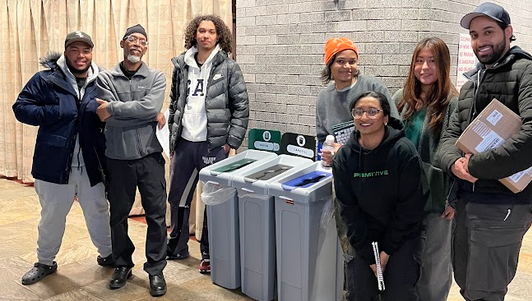Currently, CCNY has many efforts to address a range of sustainability issues on campus. The scale of efforts range from whole campus solutions to student-run initiatives. This page will focus on the steps CCNY, as an institution of higher learning, is actively taking to have a more sustainable campus.
From CCNY’s various pages about their efforts (energy, water, transportation, procurement of goods, recycling, and educating the campus body) and student-compiled research (provided under “Further Research”), here is a total list of CCNY’s efforts happening right now!
Energy
Energy efforts refer to any efforts to monitor, conserve, or limit energy consumption.
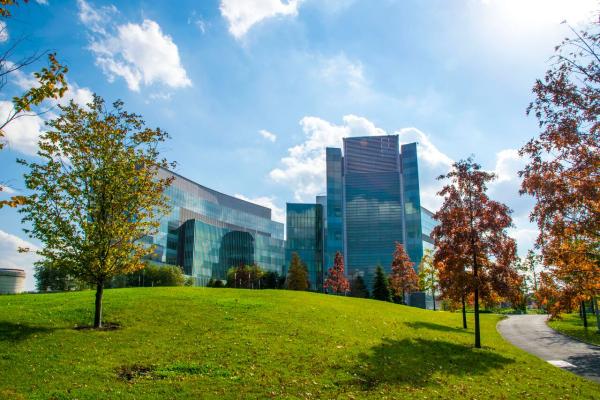
- Upgrades to vending machines to conserve power when not in use.
- Installing smarter light fixtures to limit energy consumption (replacing all incandescent bulbs with LEDs.)
- Replacing all air conditioning units to more energy efficient models (Energy Star.)
- Installing a Direct Digital Control (DDC) Building Automation System campus-wide to avoid unneeded loss of energy by diverting any excess energy from campus buildings to other campus buildings.
- Currently at the North Academic Center (NAC) building, installing submeters to keep track of energy consumption.
- Improving the construction of the Marshak Science building by fixing water issues and adding more greenspace in the form of planters and trees.
Water
Water efforts refer to efforts that conserve water, including efforts to limit plastic bottle water consumption.

- 8 more hydration stations have been installed around the campus to encourage the campus body into bringing their own water bottles. Click here to know where they are!
- Contact information posted in bathrooms for students and faculty to report any issues in order to speed up response time.
- Smarter plumbing in bathrooms to limit water consumption.
Transportation
Transportation efforts refer to efforts that limit fuel emissions.
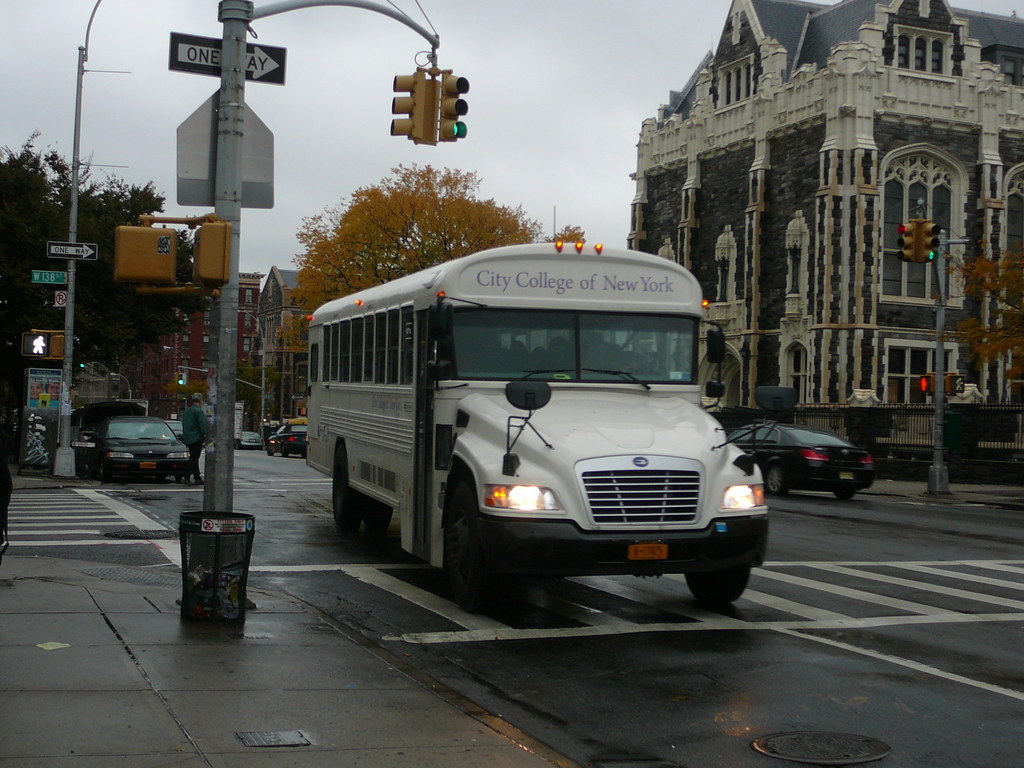
- Data collection on fuel consumption and costs to determine where excess emissions can be reduced.
- Moving forward, only purchasing fuel-efficient (hybrid or electric) vehicles when adding to the current fleet of CCNY vehicles.
Procurement of Goods
Procurement efforts refer to efforts to source and promote the use of sustainable goods on campus.
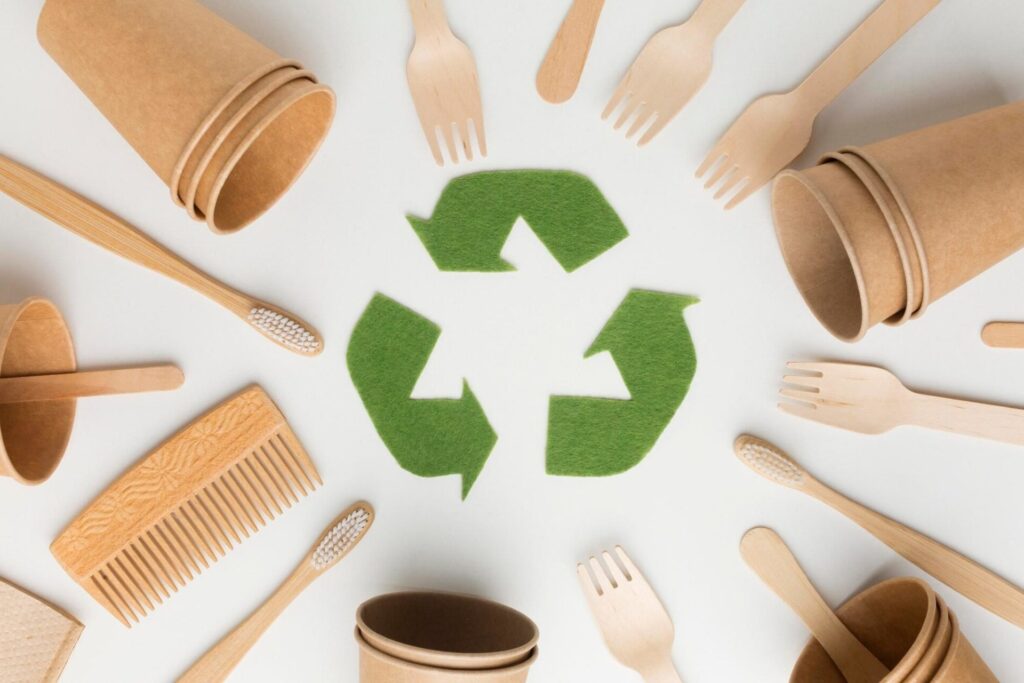
- Increasing the amount of sustainable goods bought by another 3%
- Continuing to meet the paper needs of the campus while being compliant with NYS Executive Order 4.
- Securing the best prices for goods from already existing partnerships with the College and EcoLogo certified brands.
Recycling
Recycling efforts refer to efforts that promote the reduction of waste, recycling of viable material, and reuse of objects.
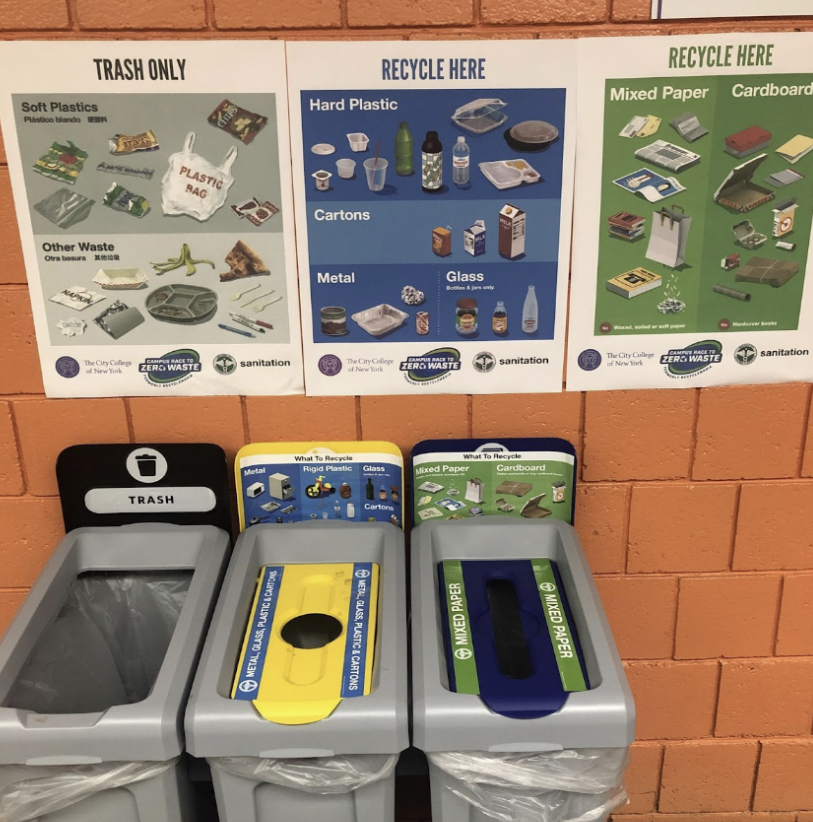
- Continuous evaluating of recycling stations to see if recycling efforts can be modified to increase recycling. A map of all recycling stations is in the works!
- Holding food service vendors and contractors to campus-wide recycling policies.
- Adopting a campus-wide policy for double-sided printing to curb paper waste.
- Creating an informal system to refurbish and redistribute old office furniture.
- Using the CCNY Green website along with efforts on social media to keep the public informed of CCNY’s recycling practices.
Outreach and Education
Outreach and education efforts refer to efforts that educate the campus about sustainability through highly visible means: posters, updates.

- Promoting the use of the campus’ hydration stations to continue to curb bottled water consumption.
- Educating the campus on possible future policies like double-sided printing.
- Displaying educational content on sustainability issues like climate change to the campus body through “Sustainability Walls” in the NAC and Marshak Science buildings.
- Re-establishment of the CCNY Sustainability Council.

While these are efforts are campus-wide, a growing student community is also striving for a sustainable campus.
